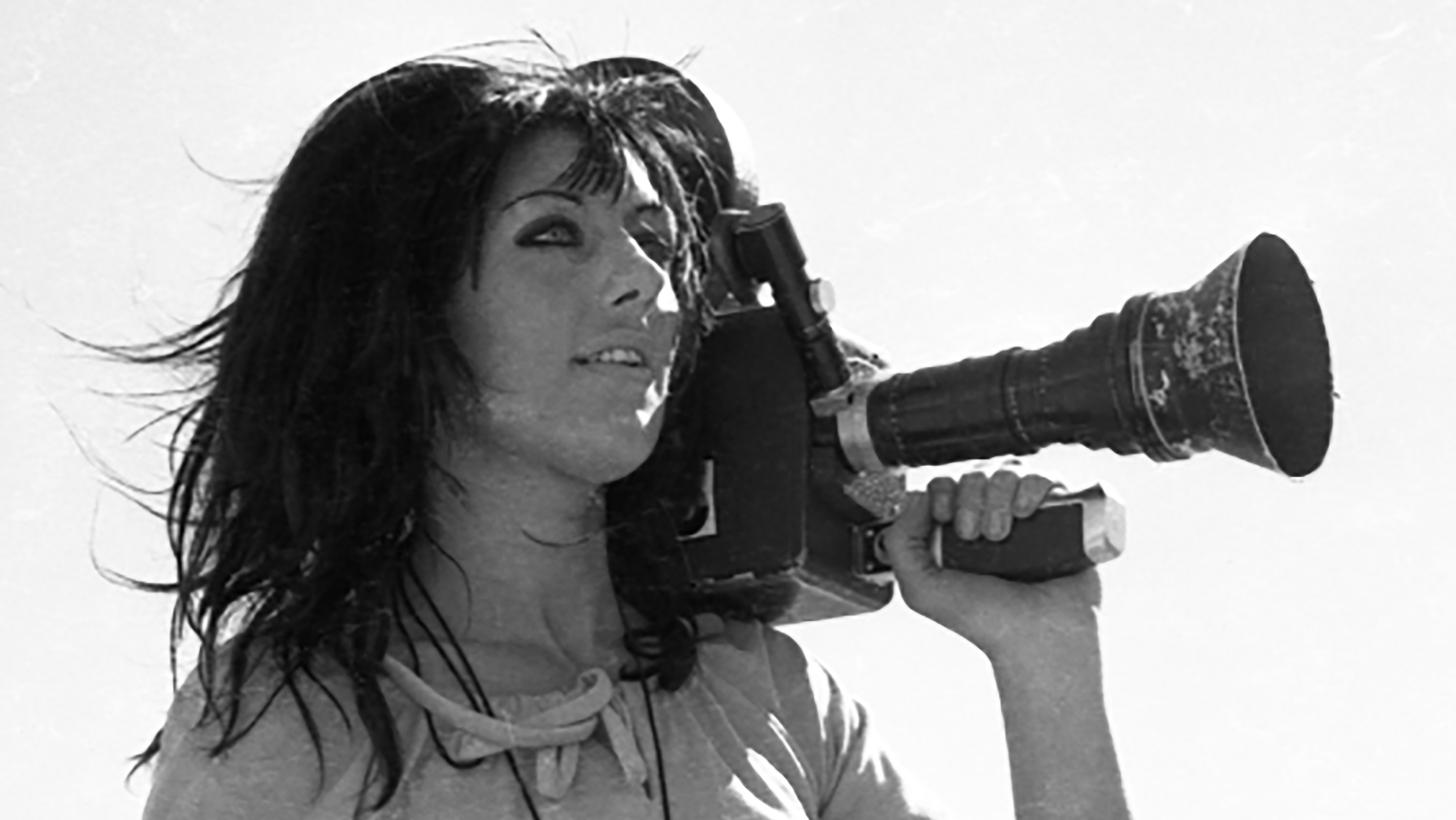
New Zealand actress Lucy Lawless has played many female warriors — Xena: Warrior Princess, D’Anna Biers in Battlestar Galactica and Lucretia in Spartacus — over the years, so it is no surprise the story of camerawoman Margaret Moth caught her attention.
An unsolicited email arrived in Lawless’ inbox from the executor of Moth’s estate, Joe Duran, asking if she would make a movie about his best friend.
Lawless does not know what possessed her to reply "yes" when she had never directed a movie before.
All she knew about Moth came from seeing news reports when a sniper shot shattered Moth’s jaw in sniper ally in Sarajevo and that she was not likely to survive.
"There was a lot of recrimination for promising something that I’ve no experience in delivering. By that time I was just already in too deep, boots and all, and I just resolved to go forward."
While she knew little about Moth’s background, Lawless soon became "possessed" by Moth’s story.
"I think of it as the spirit of Margaret compelled me. She booted me through the door of directing and make me live up to my potential a little, just like she did with people in her real life."
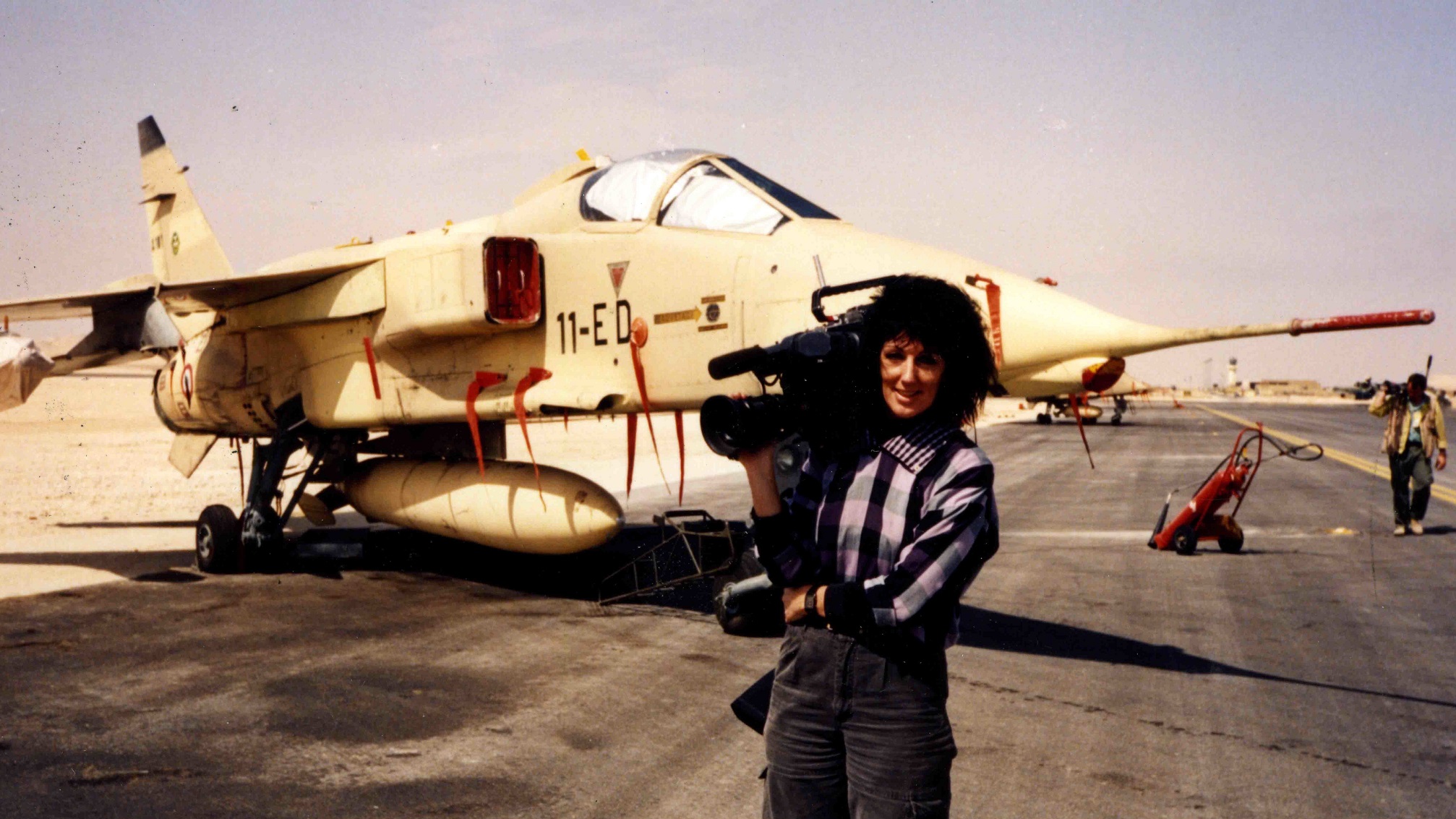
"It was such a gut response that I look back and go ‘holy f..., man, that was like, almost like something woo, woo about it’. You know, not of my making."
So Lawless reached out to her contacts and pitched the concept successfully.
"Two and a-half years later and we’re at Sundance."
But it was not as simple as it seemed.
"The challenge is that somebody who’s had such a complex and adventurous life, you can’t squish at all into a movie."
To paint a picture of Moth, the girl born in Gisborne who changed her name from Wilson to Moth (after the aeroplane) and became New Zealand’s first camerawoman when she got a job with Television New Zealand in Dunedin, before running off to the United States and getting a job with CNN, Lawless had to talk to those close to her.
"Plus, you’ve gotta ask people some very sensitive questions and you have to build relationships with a lot of people. They had to trust us with their story."
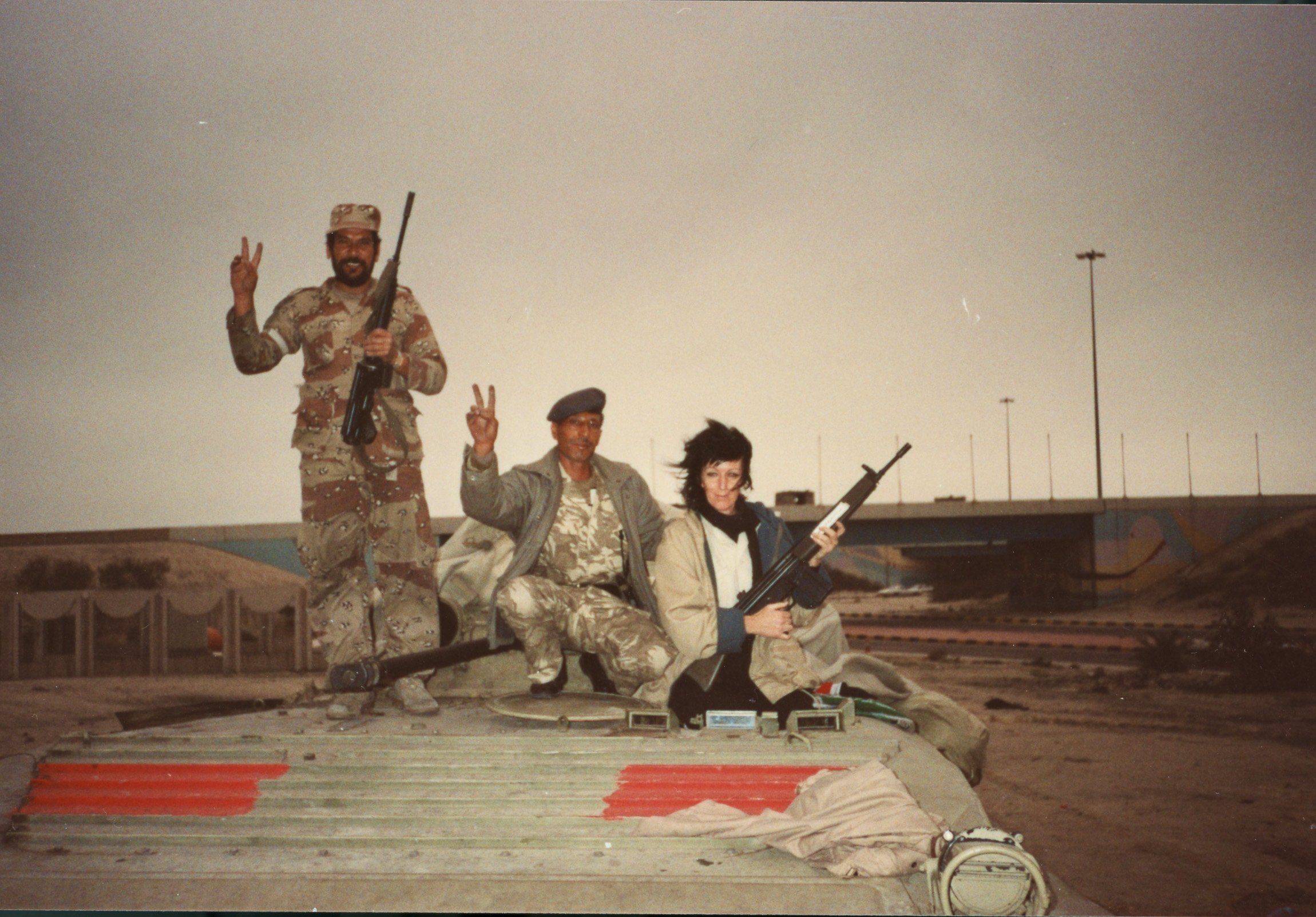
"Part of editing is to know what to leave out, and there were some really great things that I could not fit, like her life in Dunedin. It would have become more an exploration of 1970s New Zealand attitudes to women than about Margaret Moth."
Instead, Lawless, who has writing and production credits for the documentary, decided to start it after Moth had left New Zealand for the United States.
"She left in a hiss and a roar under a total cloud of mystery because she didn’t tell them she was leaving and just disappeared from her job at Television New Zealand or Canterbury TV. They look for a couple of weeks, then realise she’s never coming back and she was indeed already in America by then.
"Because she had stolen money to leave, she was too scared to come back."
Moth was in Texas and Lawless explores her life first through the eyes of former lover Jeff Russi, whom Moth met when he was 17 and she was 30. He died just before the film came out.
"I wanted a non-linear storyline. If you write a linear story, it's a bit old hat and then the audience is just being asked to sit there and and be taught a lesson. And I never want to do that to an audience.
"I want to entertain them and sneakily teach them something through the power of entertainment rather than bludgeon them with objective fact."
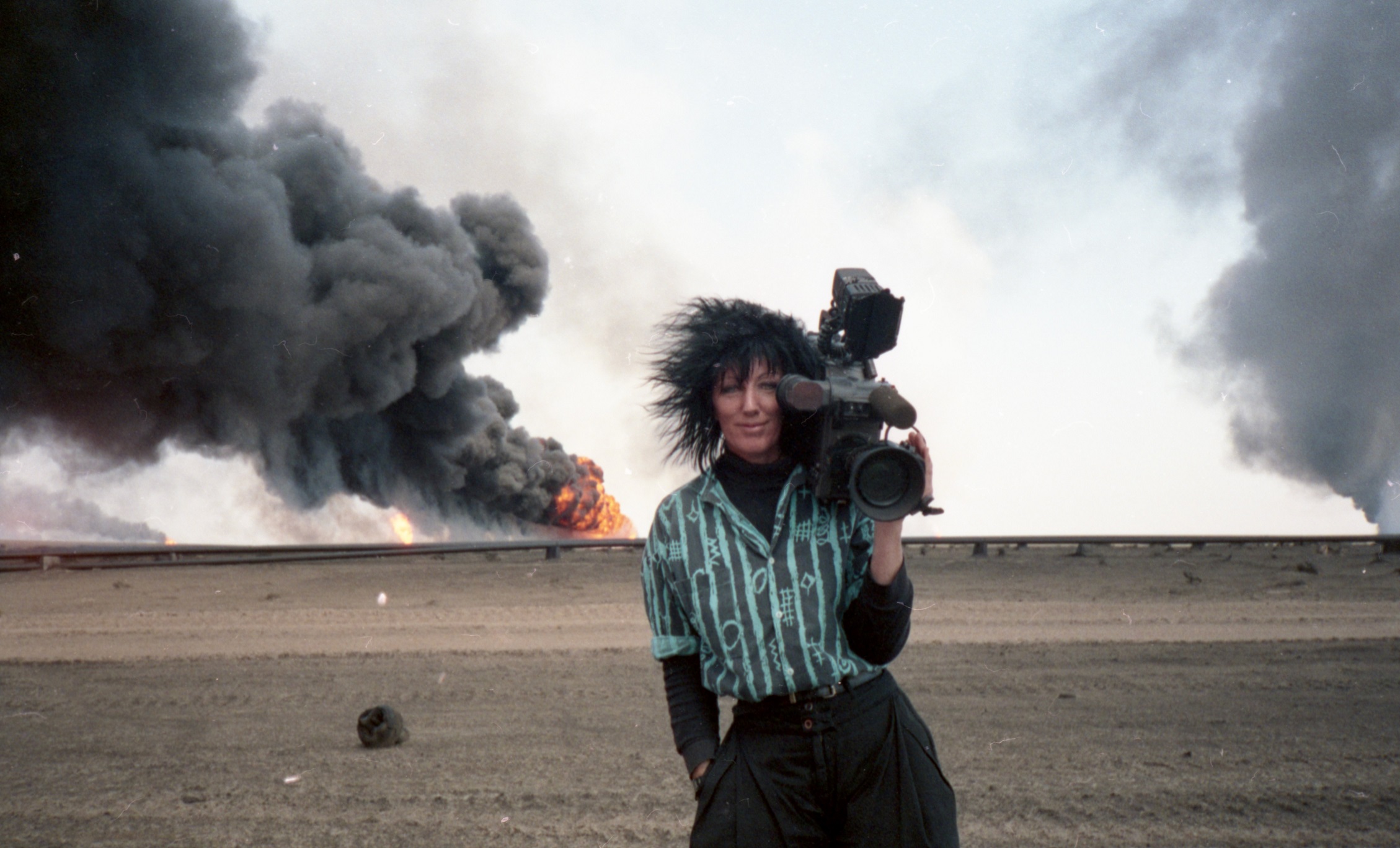
"It fitted the legend that she was spinning about herself. Well, it wasn’t true at all. She just didn't care to have that conversation or to remember."
Next, Lawless follows Moth’s career as a photojournalist with CNN through the eyes of her colleagues, such as Christiane Amanpour and bosses at CNN.
Moth covered many of the world’s most violent conflict zones, such as Afghanistan, Bosnia, Rwanda, Lebanon, Georgia and Zaire. In 2009, CNN released a video of her work Fearless.
Her colleagues describe Moth as someone who would not sleep for days in war zones, who could go without food and when she did sleep it was in her combat boots as she made it her mission to shed light on the atrocities happening around the world.
War was Moth’s ultimate drug, they said. During Operation Desert Storm in Iraq, she smoked cigars one evening with US General Norman Schwarzkopf.
Lawless sought out as much footage and as many photographs as possible, including interviews by New Zealand journalist Cameron Bennett and using New Zealand’s "bush telegraph" more than once to find unknown footage, such as a shot of Moth staring down the lens of a camera taken at art school in 1975.
Where Lawless could not find images of Moth’s work to highlight the story, she relied on miniatures created by Weta Workshop of the war zones.

Lawless also talked to Moth’s brother and two sisters, wanting to learn more about her childhood and what drove her to do what she did. Those meetings detailing the abuse and neglect the children experienced explained a lot, she says.
"I've never met anybody, anything, like her, and she was so contradictory. I was hearing so many contradictory things about her, I couldn't find what held it all together."
"Eventually I realised that it was her pitiless childhood that spurred her on, made her want to fill her life with sensation and potential danger, and also what became her superpower."
It was what gave Moth the inability to feel sorry for herself, even in the extraordinary circumstances she found herself in after the sniper attack. She went back to the Middle East before she was fully healed and went on to have 25 surgeries to try to rectify the damage.
"But her ability to pull herself out and just get back on the horse and go back to her purest expression, which was being a war camera person, gathering evidence, bearing witness."
For some people with major health challenges, seeing this movie has been quite inspirational, Lawless says.
"It’s a quite thrilling side effect."
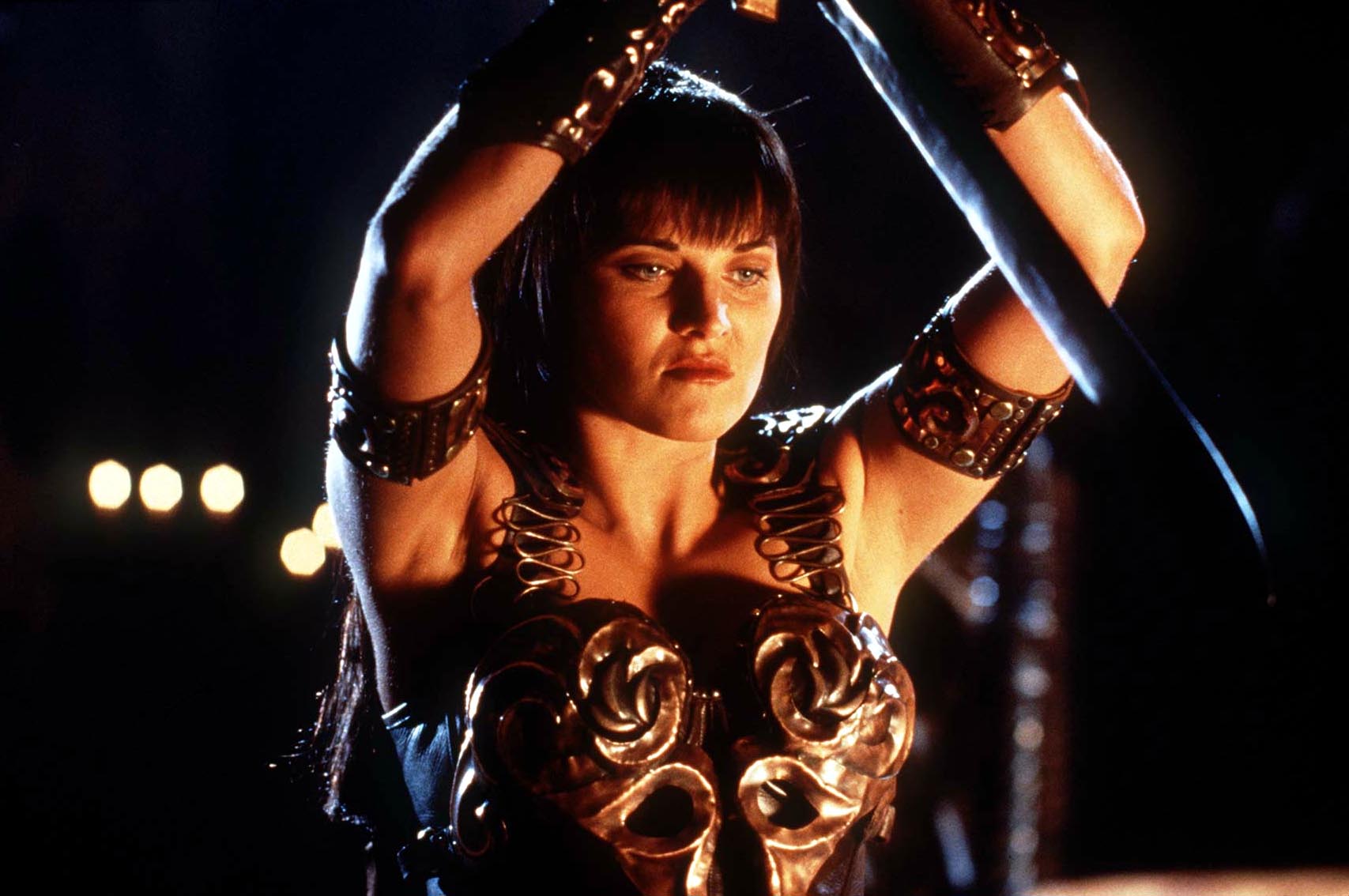
Her lack of self-pity enabled her to "just stay on the horse, even though she's fighting this bloody horrifying battle".
When treatment stopped working she gathered her closest friends and went travelling.
"They went overseas, we got a little bit of footage of this and they just, she just lived her best life."
While Moth was a proud New Zealander, she only returned to New Zealand once — for her mother’s 80th birthday, 30 years after she left.
After being immersed in Moth’s life for more than two years, Lawless says she is surprised to admit she does not feel she knows her.
"There was something magical about her. She's still not like anybody. I don't feel like I know her, but I know so much about her."
TO SEE
Never Look Away, New Zealand Film Festival, Regent Theatre, August 18, 6pm.











